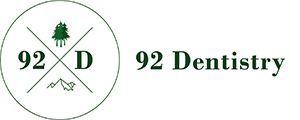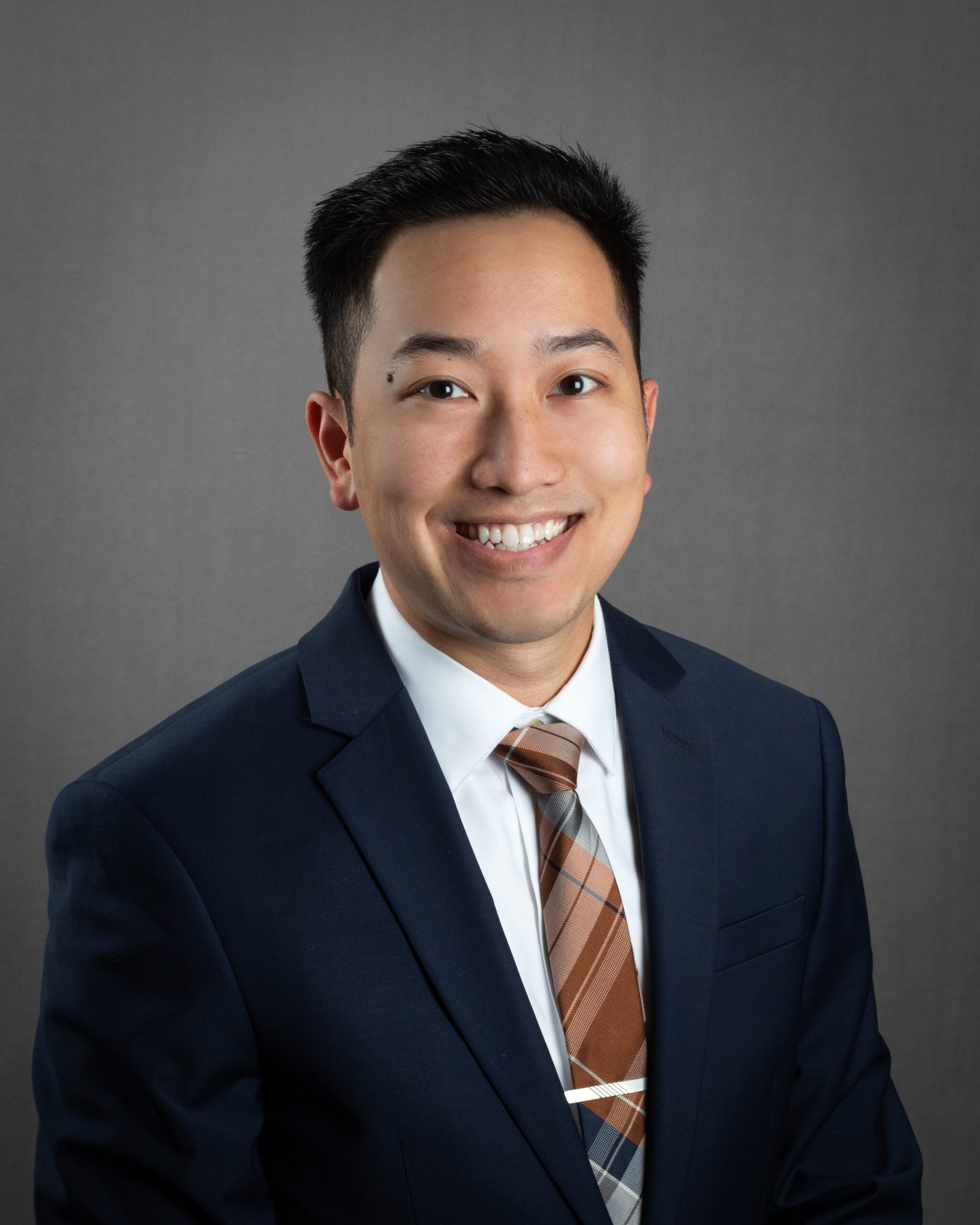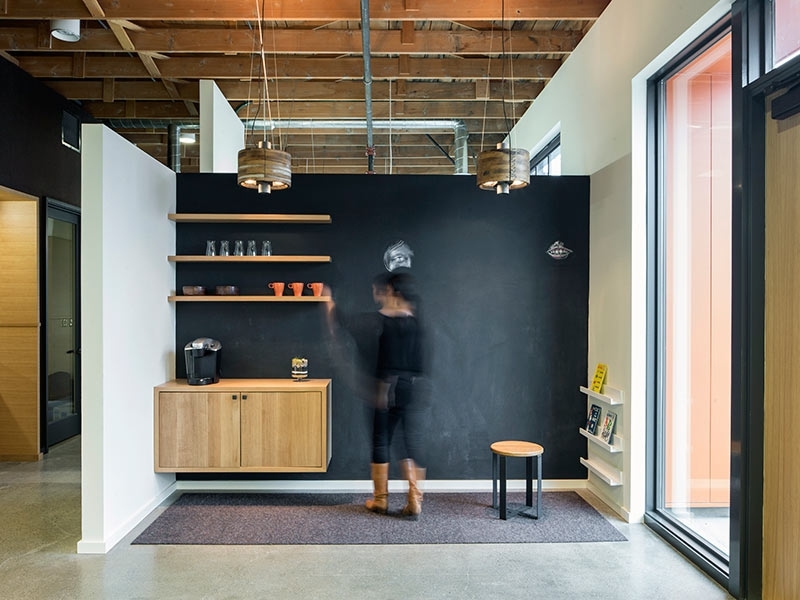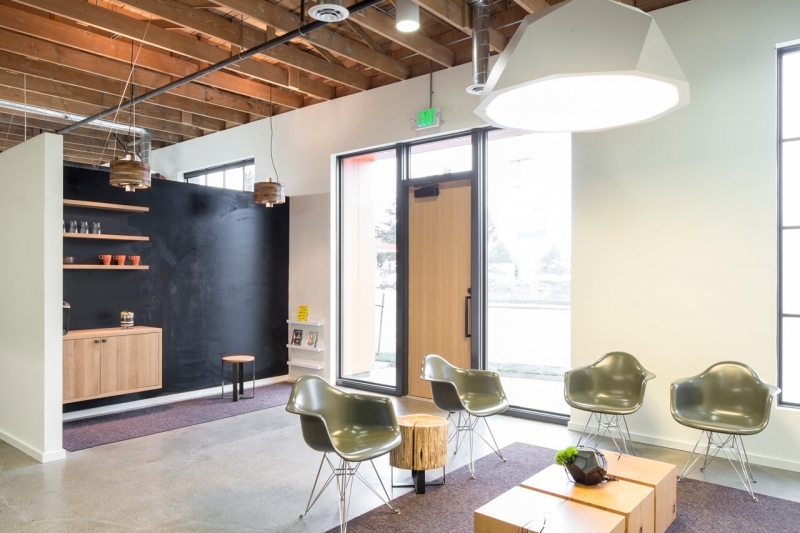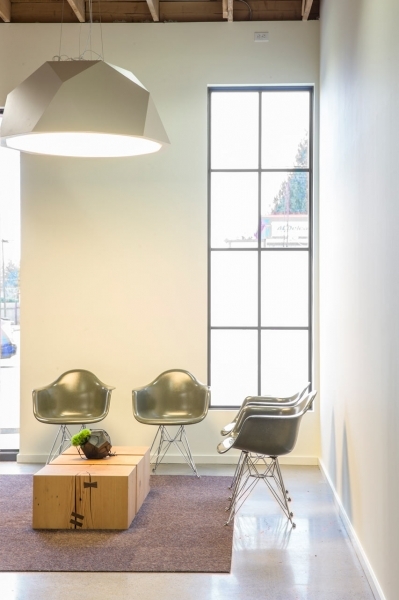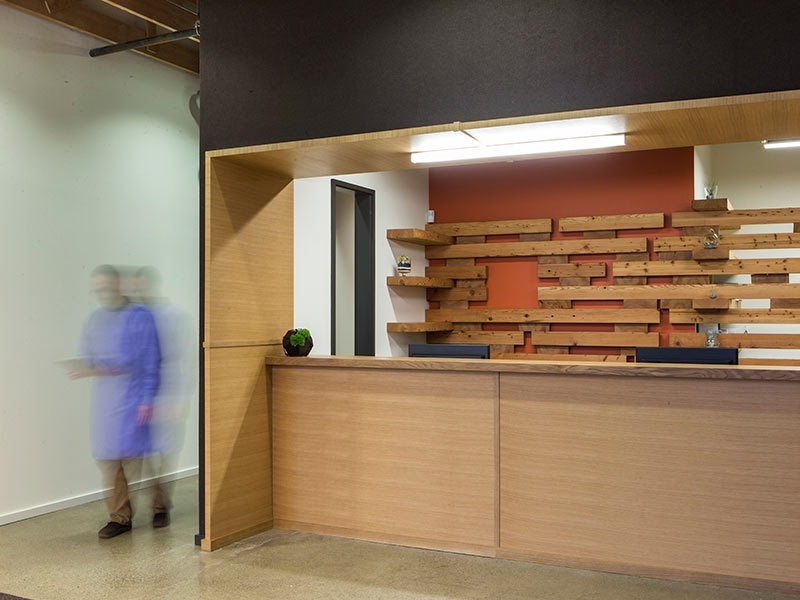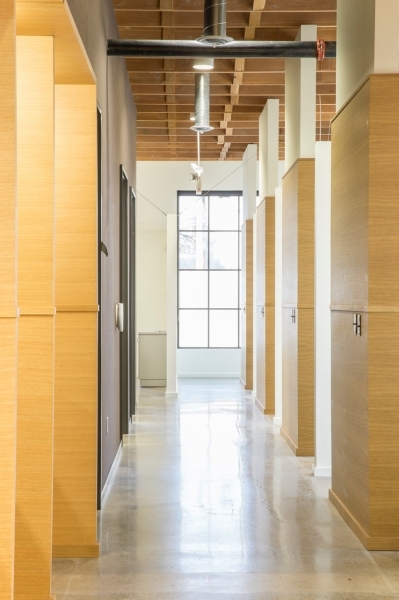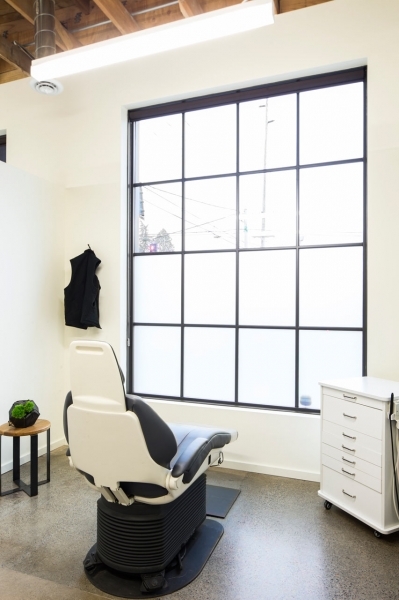
Meet the Dentist
Skilled Professionals
At 92 Dentistry, we love to create beautiful, healthy smiles using a combination of state-of-the art procedures, cosmetic dentistry, and orthodontics. Our dental team provide personalized dental care in a comfortable, professional setting using advanced procedures, instruments, and techniques.
Our Services
Whatever You Need, We’re Here to Help
92 Dentistry offers procedures to meet all of our clients dental needs.
DENTAL IMPLANTS
Fix your missing or broken teeth and rediscover the joys of everyday life with dental implants. Our expert dental team uses the latest dental implant techniques to ensure your implant experience is comfortable, seamless, and transformative.
RESTORATIVE DENTISTRY
Restorative dentistry serves to restore teeth that may have been damaged through common oral health problems or more serious dental issues.
EMERGENCY DENTISTRY
Dental emergencies happen at random and can affect your ability to carry out your daily routine.
COSMETIC DENTISTRY
Cosmetic dentistry treatments exist to enhance the appearance of one’s smile but also to improve the function of your mouth, teeth and gums.
INVISALIGN
Consider Invisalign treatment to get the beautiful straight teeth you’ve always wanted — without braces. Schedule a consultation to determine if Invisalign clear aligners are right for you.
Take a Tour and See Us in Action
We all know going to the dentist can be rather unpleasant and uncomfortable with the typical office decorated in a generic, sterile decor. Luckily at 92 Dentistry we were looking to make a change. Designed by Fieldwork Design, the homey offices of 92 Dentistry were once an old wood shop so the designers wanted to honor the industrial character the building had while staying true to our Portland roots.
As you may or may not know, 92 Dentistry is located in a building formerly used as wood shop in SE Portland. In redesigning our new office the project scope included inserting 4700 sq. ft of exam rooms, laboratories, administrative support spaces and a reception area into the existing shell. At 92 Dentistry we wanted a project that reflected the industrial character of the neighborhood and the nature of the building.
The design concept, based on the anatomy of a tooth, consists of two primary zones. The central core of the project, or ‘nerve’, is clad in a dark felt material that has a calming acoustic and aesthetic function. It contains the laboratories, administrative and consultation spaces. The outer edge of the building, or ‘enamel’, is white with Oregon White Oak accents, and is reserved for patient service. This zone includes the staff lounge, waiting area, and the examination and operatory rooms. These spaces are focused on large windows for views and natural daylighting.
The design team provided architectural and interior design services, including a full seismic retrofit, and also designed and fabricated much of the furniture. The wood screen behind the reception area was fabricated by Fieldwork using wood sourced from on-site demolition and the pendant light fixtures at the coffee bar were built from machinery salvaged from the former tenant’s workshop. Storm-water is filtered and managed on-site. Wherever possible, materials and finishes specified were re-purposed, have recycled content and were sourced locally.
Scheduling a visit
We Look Forward to Seeing You
92 Dentistry serves the Southeast Portland community as well as the neighboring areas of South Tabor, Mill Park and North Tabor. We are welcoming new patients and would be happy to meet you and your family. We are conveniently located in SE Portland on the corner of 92nd and Division, right off Highway 205.
Office Location
92 Dentistry
9211 SE Division St
Portland, OR 97266
[email protected]
(503) 254-2068
Testimonials
Don’t Take Our Word, See What Others Are Saying
This is the best dentist my family and I’ve ever been to. The staff is attentive and welcoming and Dr. Ngo is amazing with my 5yo. I highly recommend!
A “Alex” Arding
New Dentist, Tommy Ngo, at this location is excellent!
Ed Darnell
Dr. Ngo and his team are kind and were so patient with me. They explained my dental needs in a way I could understand and am looking forward to having a healthier and whiter smile.
